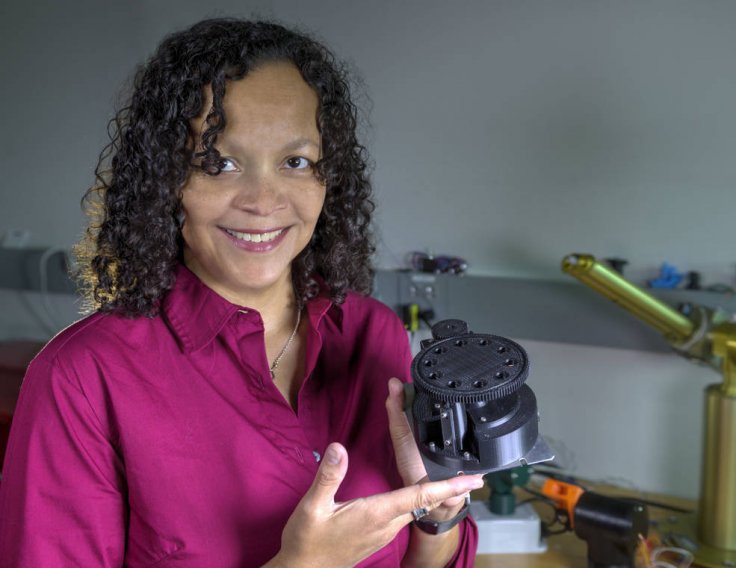
After the successful and historic launch of the Parker Solar Probe on Sunday, August 12 from Cape Canaveral Air Force Station in Florida, now it's time to look for a different aim to achieve. NASA reported that a scientist at Goddard Space Flight Center, Melissa Floyd is working on a device that will be used to search for alien life on different planets.
Even though NASA's rovers are continuously looking for sign of life outside the blue planet, Floyd wants to make a device that will be capable of finding bacteria or another type of single-celled microorganism called archaea beneath the soil and inside the rock samples.
She said in a statement that this idea is actually a "major assumption on my part: what if life evolved on Mars the same way it did here on Earth? Certainly, Mars was bombarded with the same soup of chemistry as Earth."
But such alien life hunt mission is quite tough than it looks and in this process, the major challenge would be to make a device, combined with all the features and protocol that can effectively replicate what scientists do on earth.
Floyd believes that for her project a technique called fluorescent in situ hybridization or FISH is the best option to detect and locate the presence or absence of RNA or single-stranded DNA sequences on chromosomes.
Inside a laboratory, usually, scientists have to put a sample of something on a slide, fix the cells to increase cell-wall permeability, add a molecular probe that will attach to the certain sequences of DNA or RNA in the cell and then they have to heat the sample. Later, they have to place the slide under a microscope to look for the results. But Floyd's focus is to develop a unique robot that would be capable of doing the same functions.
She said, "The idea here is to replace with a robotic system what a scientist does in the lab." Floyd added that she could be completely wrong about how life formed elsewhere in the solar system, but she asked, "How do we know? We've never looked."
So, if Floyd successfully develops her alien life hunting technology, then the American space agency could send it to the outer space as a part of a rover to search for extraterrestrial bacteria in another planet or moon in the solar system.








